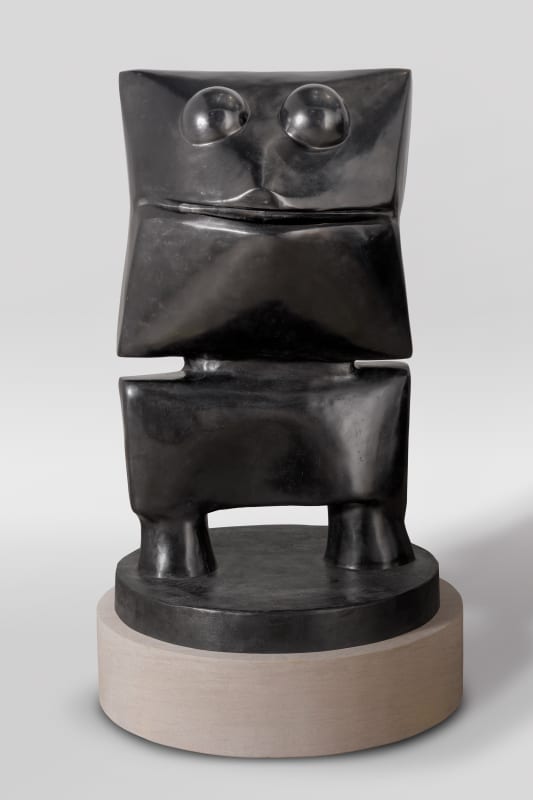Max Ernst 1891-1976
“Max Ernst holds an immeasurably significant place in the history of twentieth-century art; the brilliant mixture of rebellion and vision that characterizes his life’s work is without comparison.” —Werner Spies, “A Succession of New Beginnings,” 1987.
Max Ernst is one of the most prominent figures from the Dada and Surrealist movements of the 20th Century, and known for being a master of provocation. Ernst's body of work demonstrates his persistent engagement with culture, especially in terms of the social and political climate. His subjects range from ancient mythology to literature to theory, often imbued with undertones of the artist's biting humor.
While varied, Max Ernst's work exhibits consistency in the recurring scenes of highly incongruent and disorienting groups of figures and objects that often display striking disruptions of scale, invoking an overwhelming sense of anxiety. For Ernst, art was a device by which the nightmarish realities of the world could be reflected.
Ernst has been subject to numerous retrospective exhibitions at prominent institutions across the United States and Europe, including: Musée National d’Art Moderne, Paris; Solomon R. Guggenheim Museum, New York; Tate Gallery, London; Metropolitan Museum of Art, New York and Albertina Museum, Vienna. His work is included in the permanent collections of the Art Institute of Chicago, Illinois; Solomon R. Guggenheim Museum, New York; Metropolitan Museum of Art, New York; Hirshhorn Museum and Sculpture Garden, Smithsonian Institution, Washington, D.C. and Tate, United Kingdom, among others.





